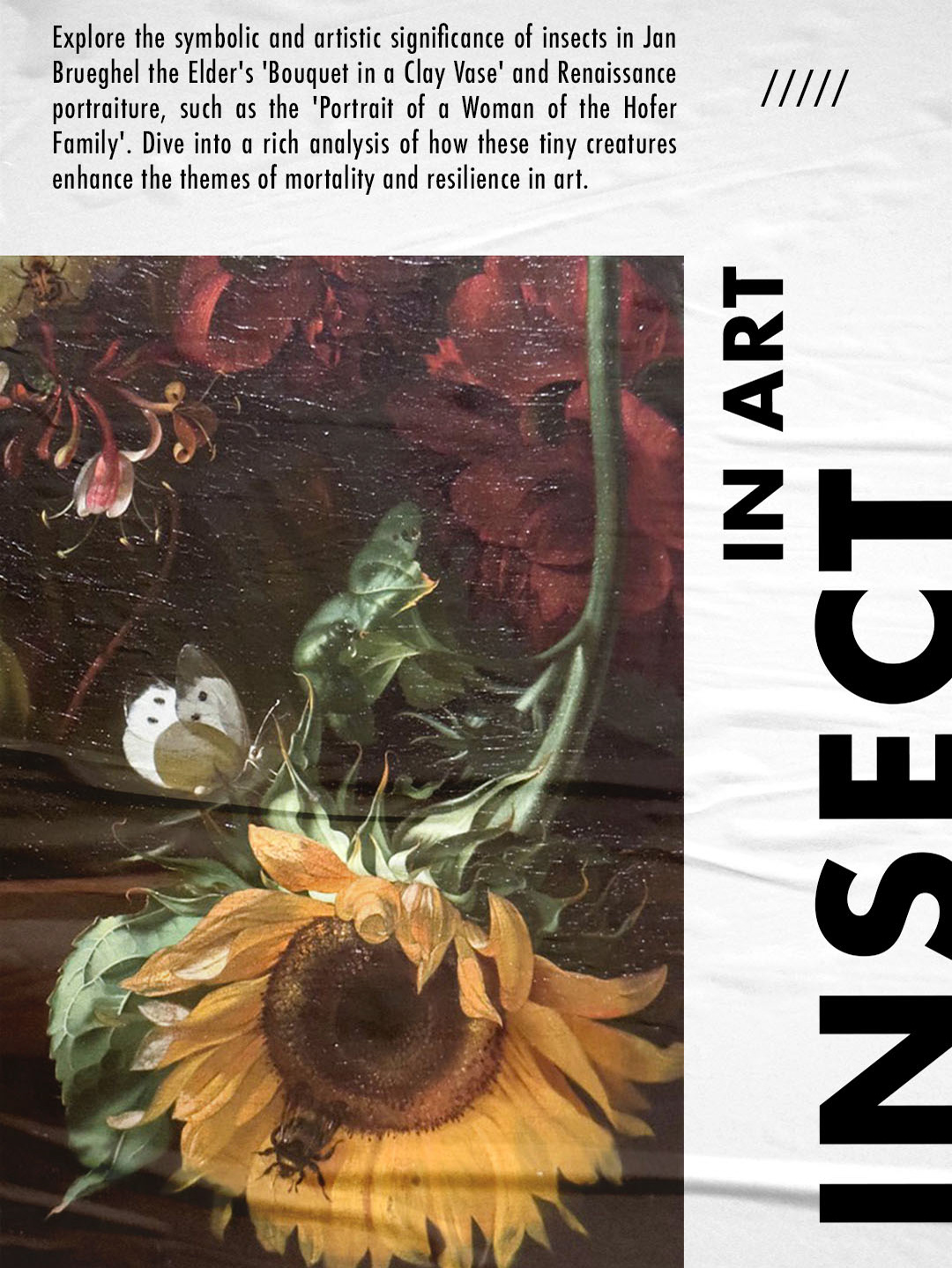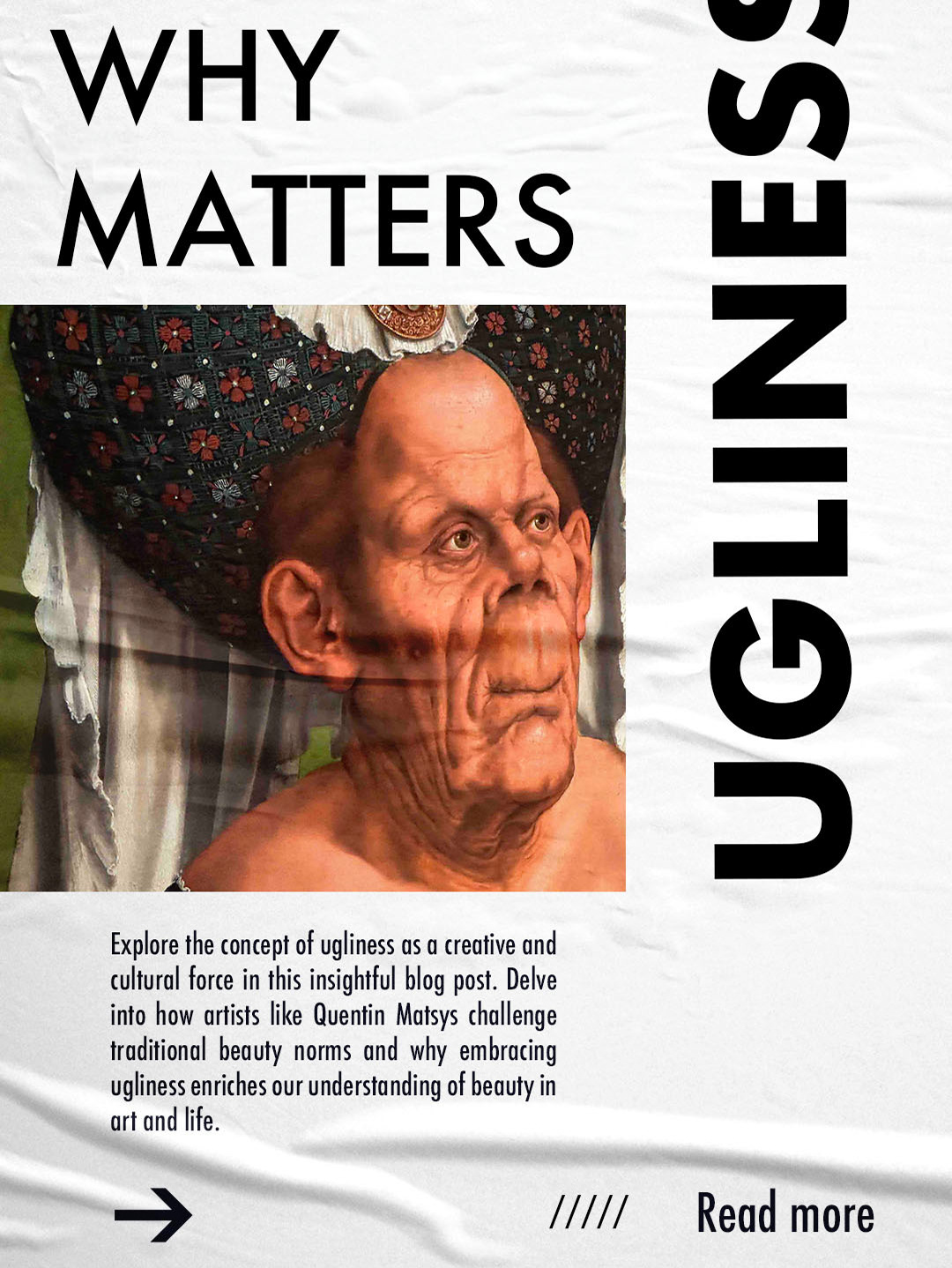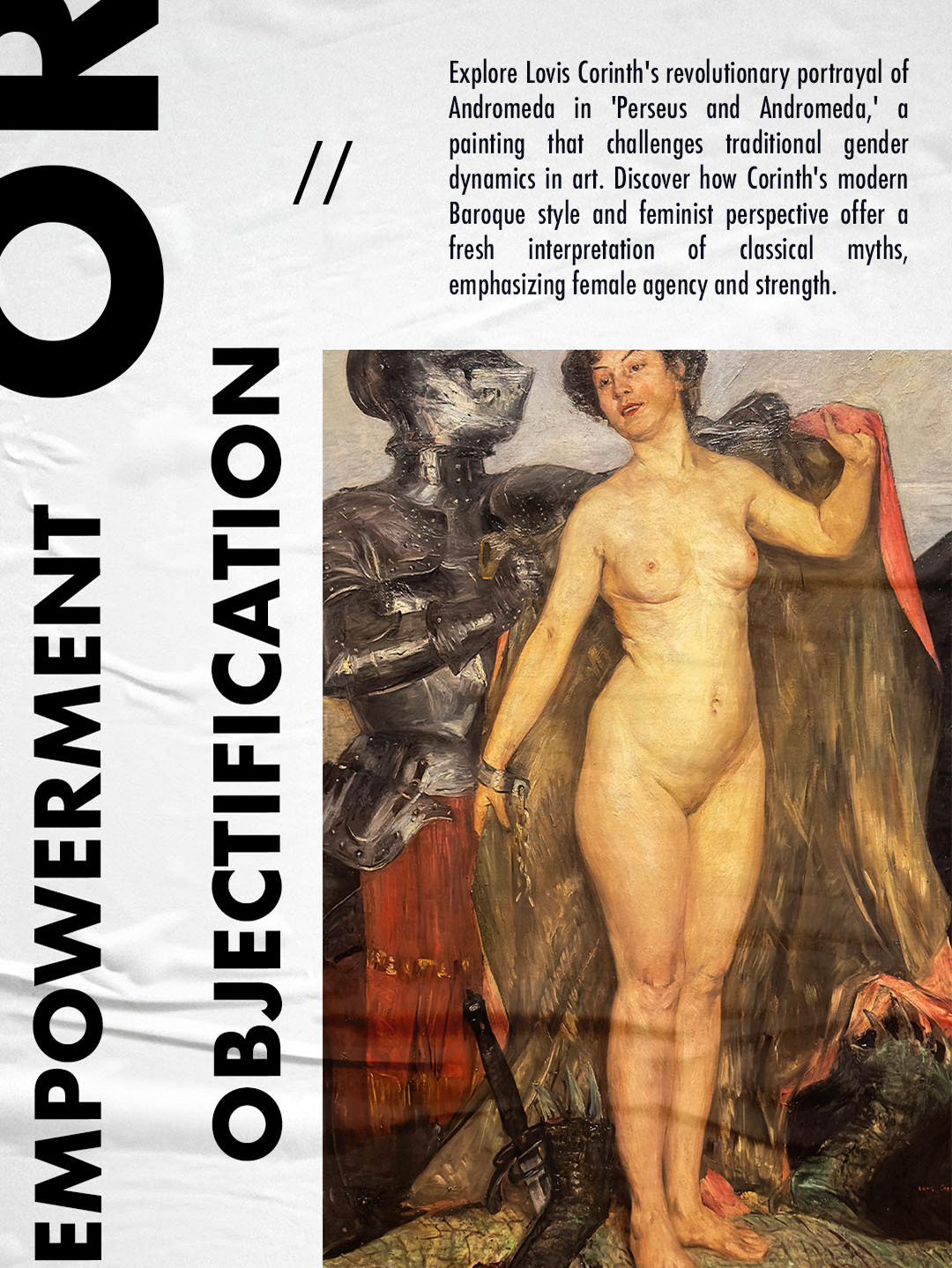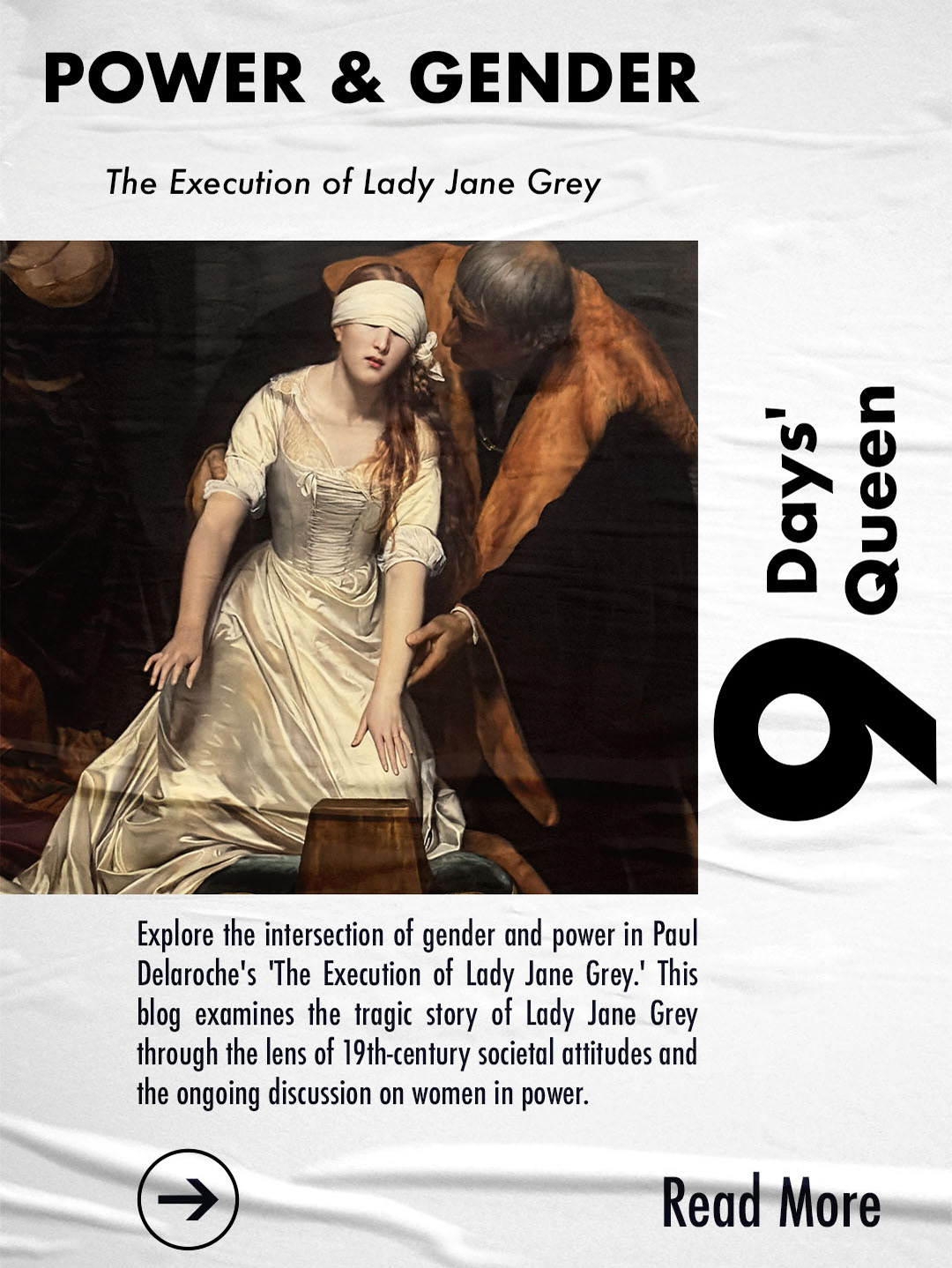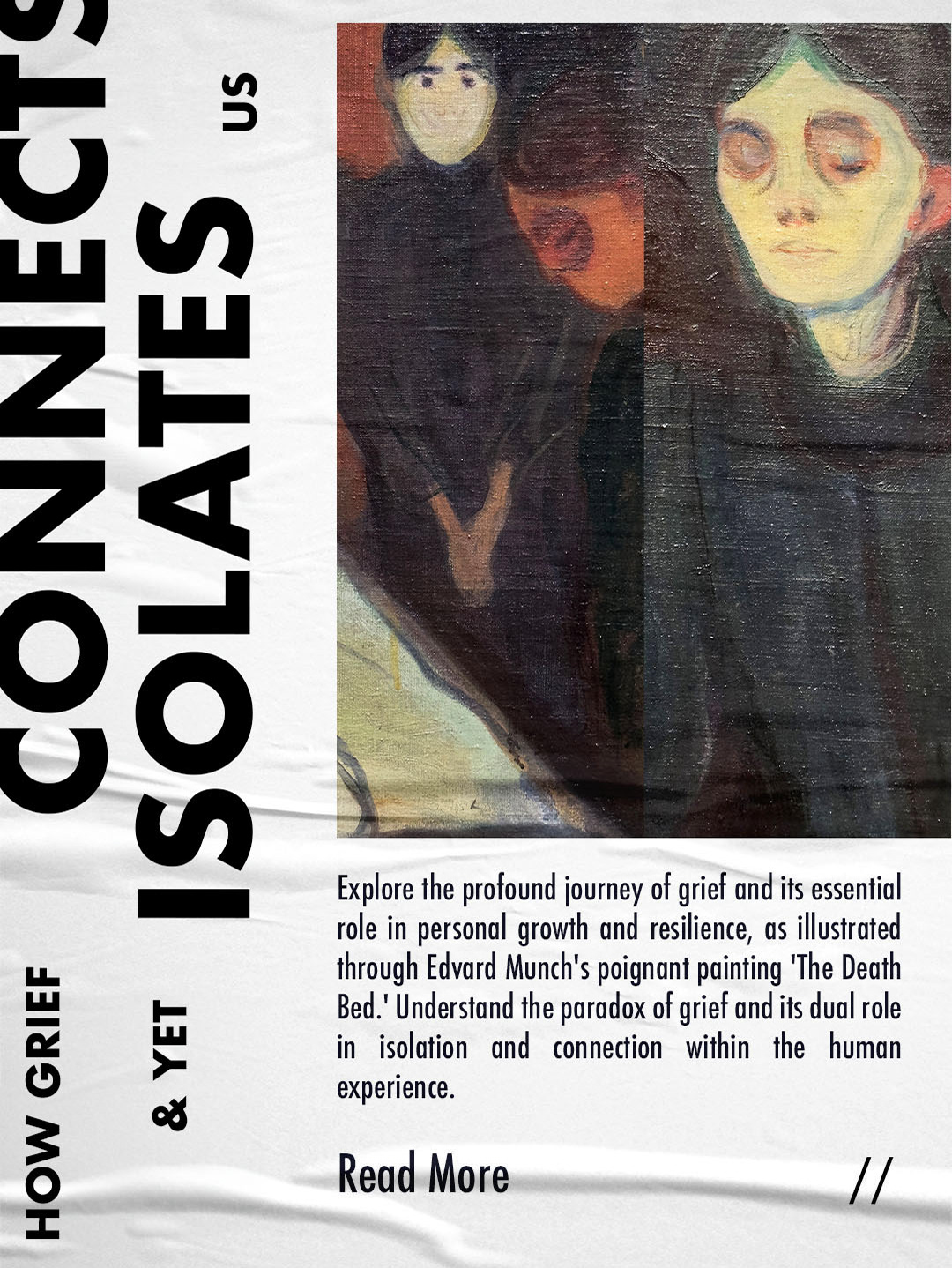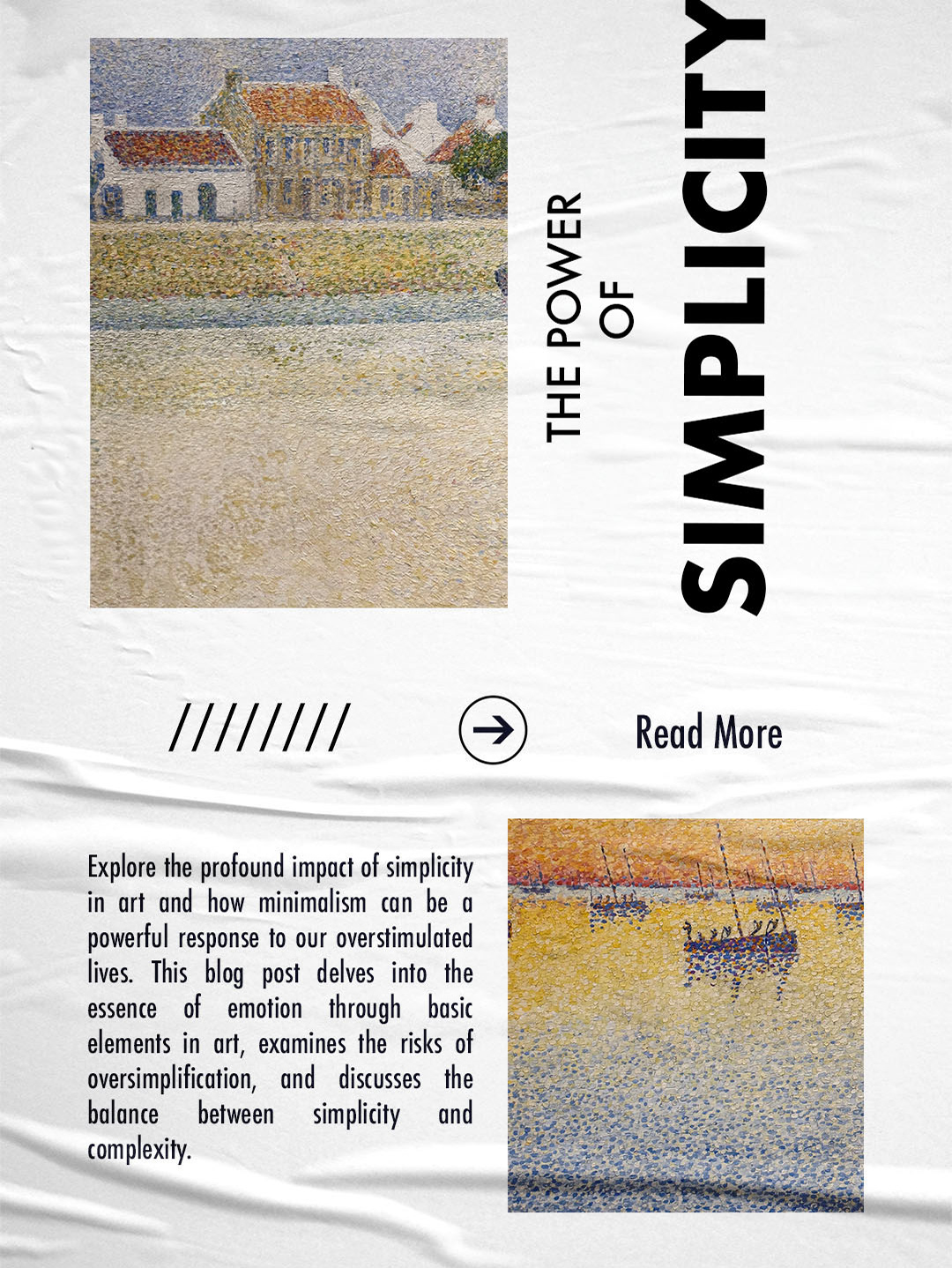The Cultural Context and its Reflections
These portrayals occur against the backdrop of a society in flux. The late 19th century witnessed significant movements towards educational reforms and the gradual acceptance of women in the public and intellectual arenas. Art often mirrored these shifts, offering subtle commentary on the evolving roles of women. Degas and Toulouse-Lautrec, in their respective works, navigate this delicate balance—acknowledging the traditional views while gently pushing the boundaries of what was socially acceptable.
In examining the choice of women as subjects in these artworks, one must consider the broader implications. Both artists chose to isolate their subjects in moments of solitude, a choice that highlights the personal nature of intellectual growth while also commenting on the solitary nature of such pursuits in a world that still viewed public intellectualism as predominantly male.
Conclusion
The depiction of reading in art from this period often carries a dual message: it is both an endorsement of solitude as necessary for intellectual growth and a critique of the enforced solitude that societal norms imposed on women. Through the lens of historical and cultural context, these paintings do more than depict moments of reading; they speak to the era's grappling with gender roles and intellectual identity.
As I reflect on these artworks today, they encourage us to appreciate the nuanced ways in which art can comment on and influence societal values and norms. Degas’s and Toulouse-Lautrec’s portrayals of women readers are not just beautiful images; they are historical documents that capture the essence of an intellectual awakening among women—a theme that, despite the passage of centuries, remains profoundly relevant.



